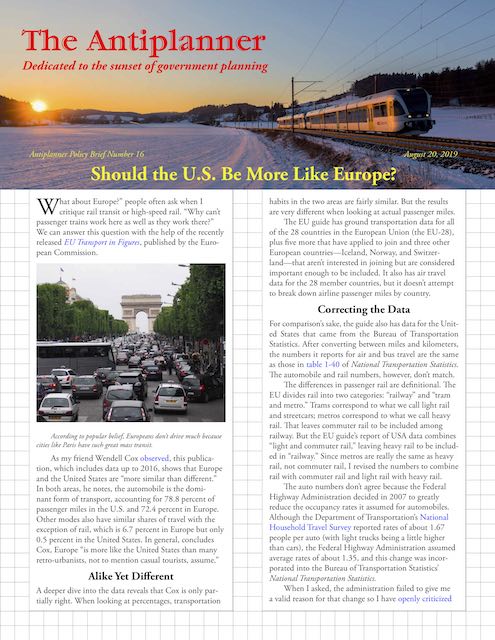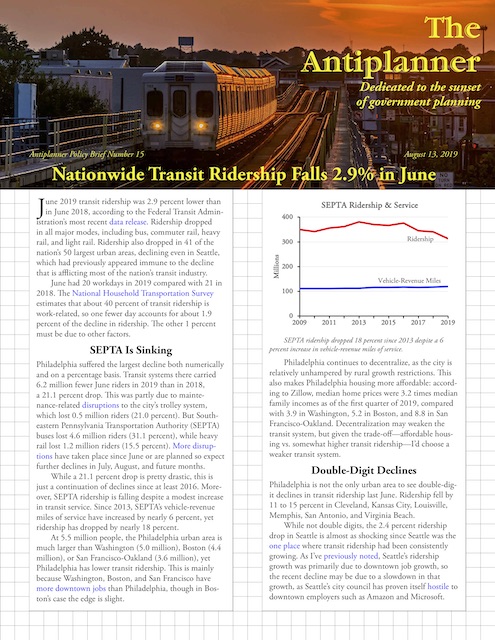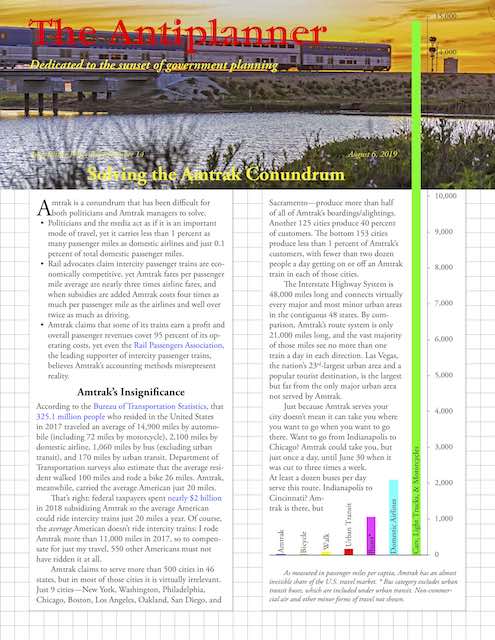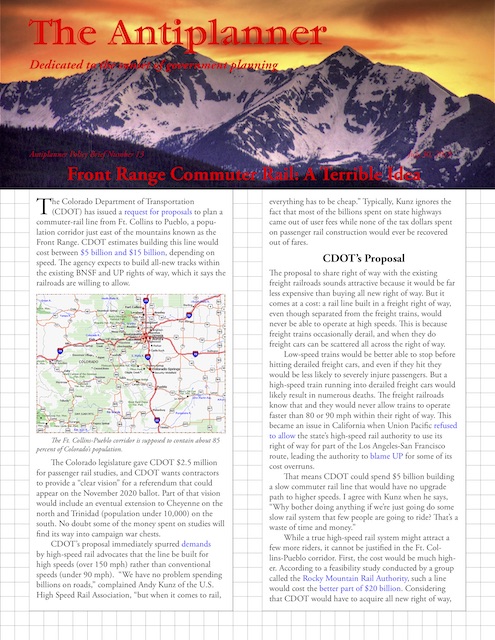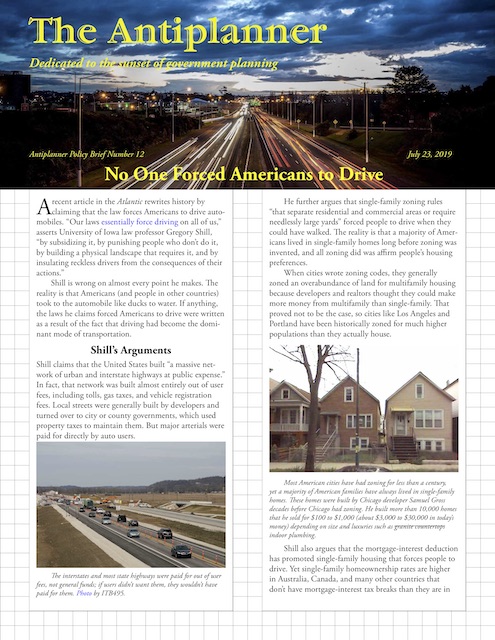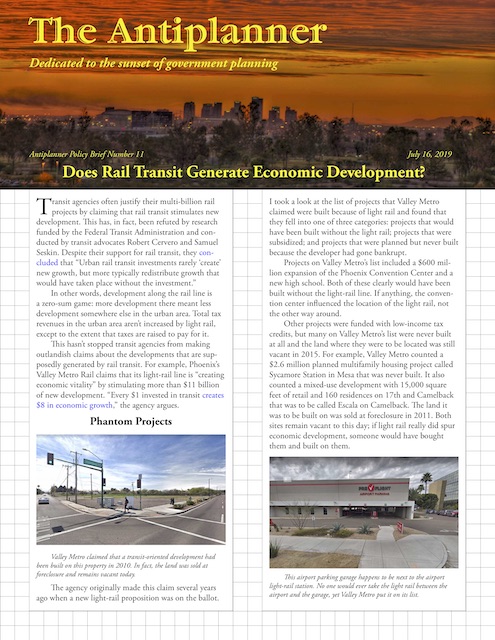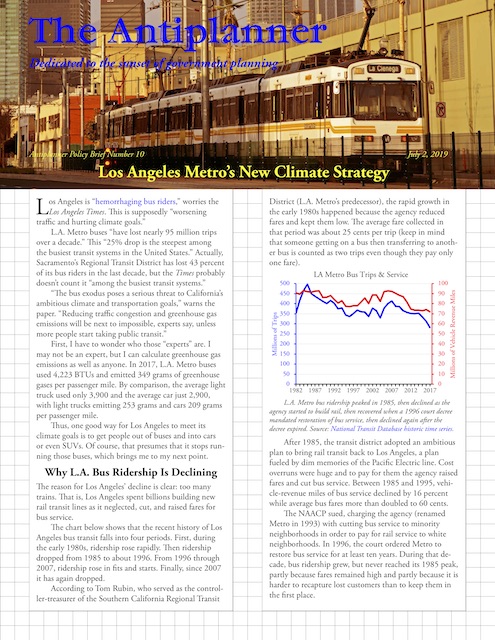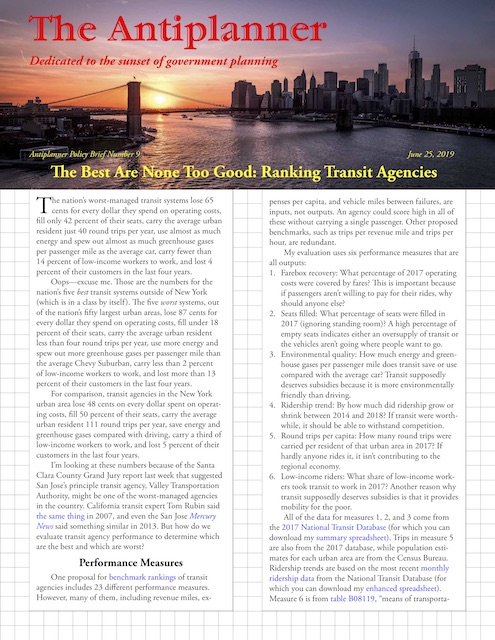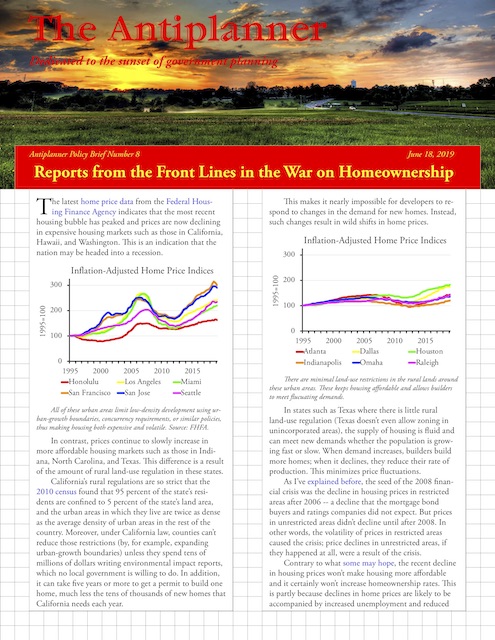“Our farmland is disappearing at an alarming rate,” claims Hanna Clark of the American Farmland Trust. According to the trust, 31 million acres of farmland and ranchlands “disappeared” between 1992 and 2012. Claims like these are used to promote restrictions on urban development such as the urban-growth boundaries found around many California, Oregon, and Washington cities.
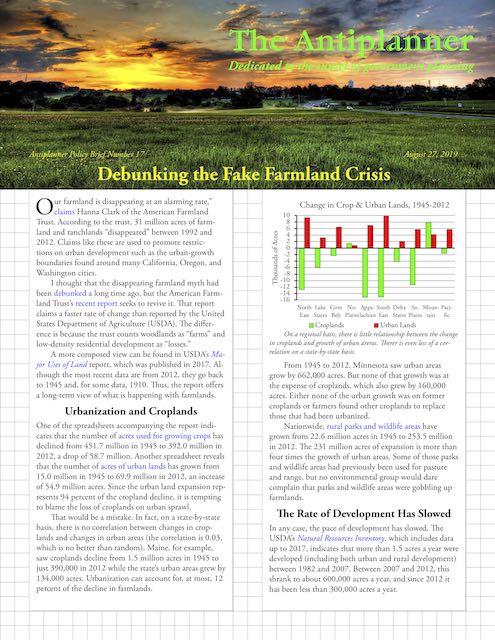 Click image to download a four-page PDF of this policy brief.
Click image to download a four-page PDF of this policy brief.
I thought that the disappearing farmland myth had been debunked a long time ago, but the American Farmland Trust’s recent report seeks to revive it. That report claims a faster rate of change than reported by the United States Department of Agriculture (USDA). The difference is because the trust counts woodlands as “farms” and low-density residential development as “losses.” Continue reading

